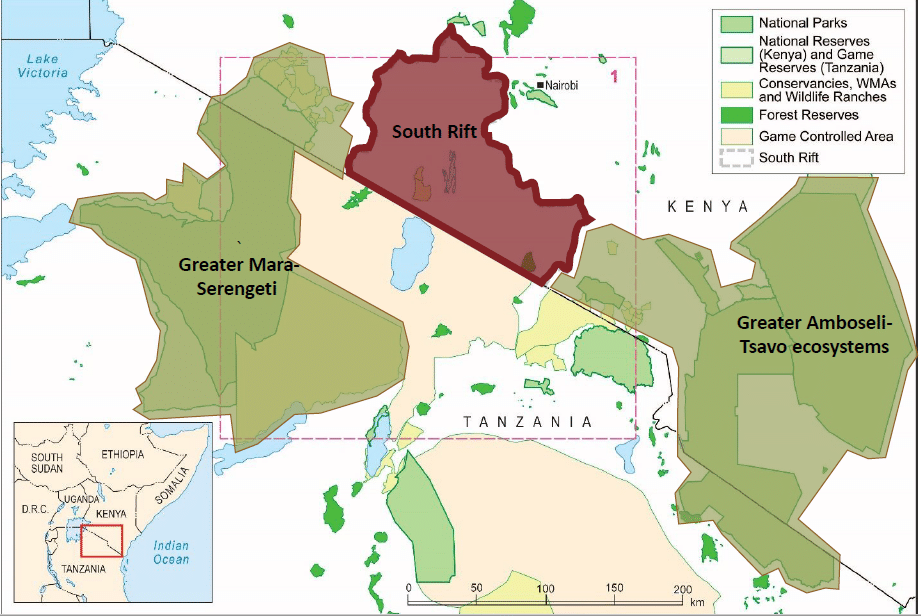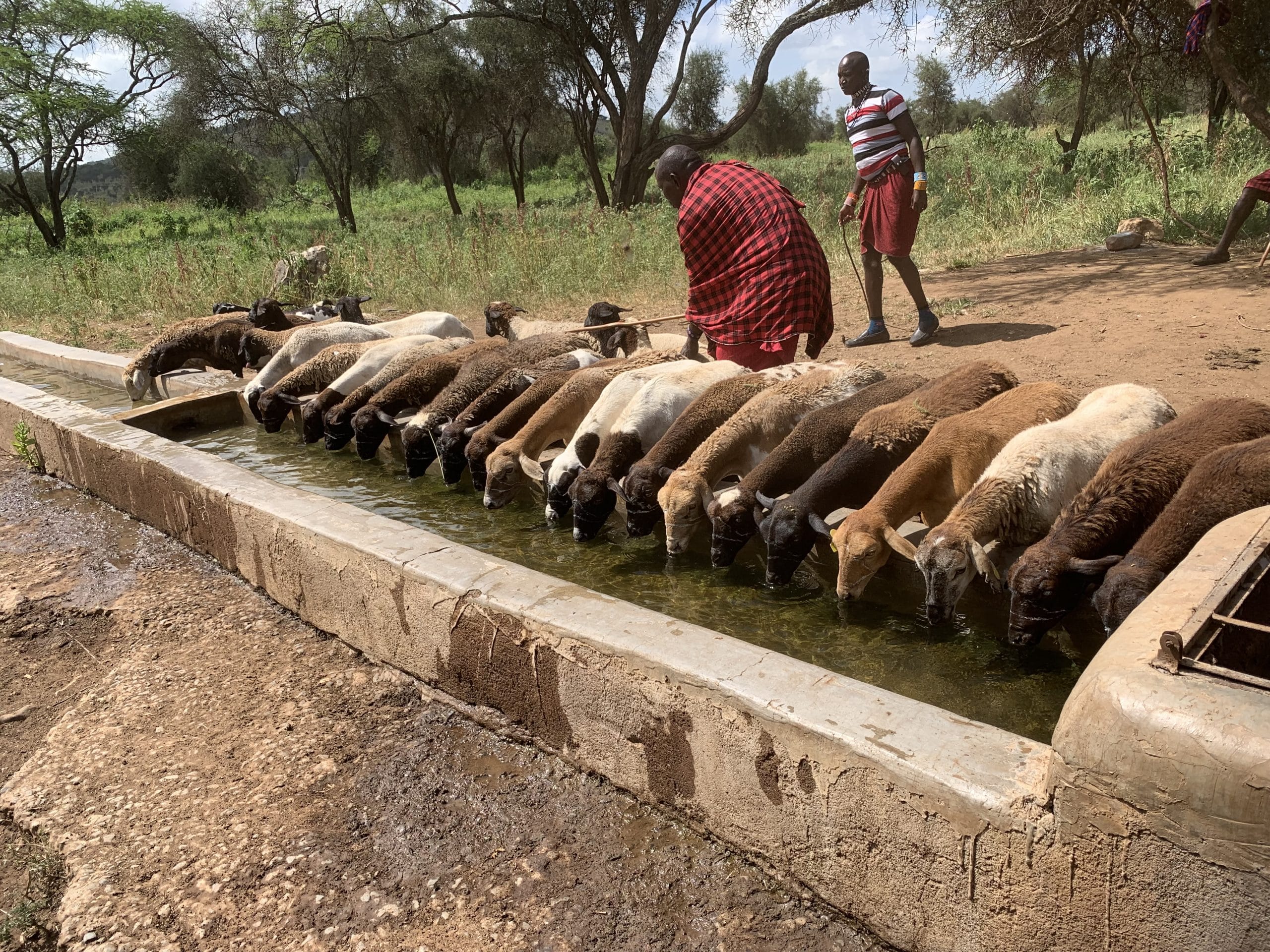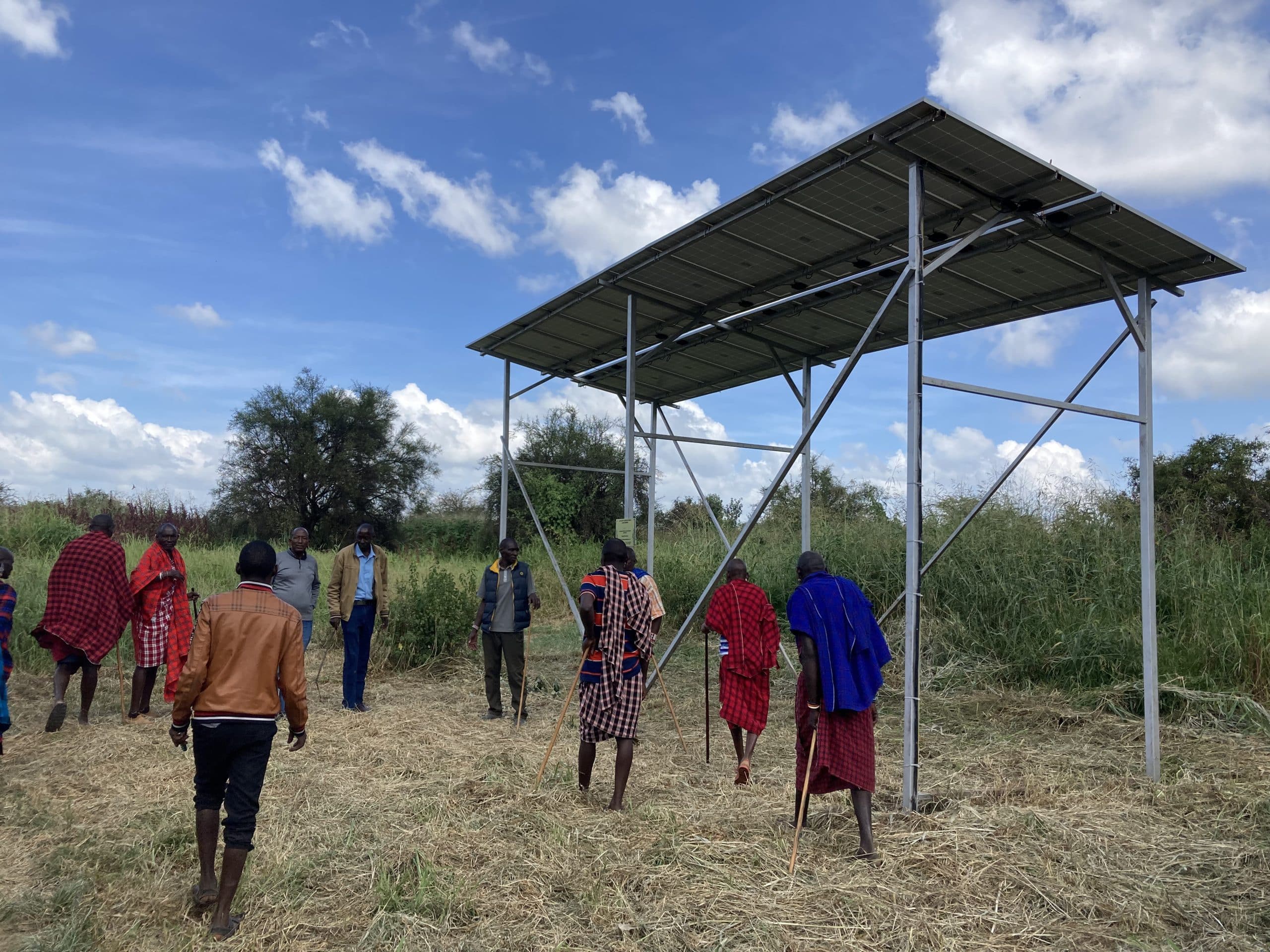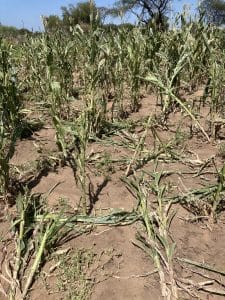A crucial element in operating our Elephant Crisis Fund (ECF) is on the ground evaluation of the various projects and partners that we support. Recently, a team from the ECF visited Kenya’s South Rift, where they got a close look at the work being done by the South Rift Association of Landowners (SORALO) who we have been working with since 2023.
This pivotal region serves as a bridge between the Greater Mara-Serengeti and the Greater Amboseli-Tsavo ecosystems. Since its inception in 2007, SORALO, led by Maasai landowners, has championed the mission to safeguard this landscape for both people and wildlife. In 2023, the severe drought triggered a surge in human-elephant conflict (HEC), particularly at crucial water points, jeopardising infrastructure and intensifying risks for both communities and elephants.
Responding swiftly, the ECF provided an emergency grant to SORALO, to implement urgent measures to mitigate HEC around ten high-conflict boreholes across the landscape. The ECF’s recent expedition aimed to explore the intricate dynamics of HEC in the South Rift, and to witness firsthand the solutions being implemented with ECF support to foster harmonious coexistence between communities and wildlife.
Solar power improves attitudes
Embarking near Bisil, close to the Tanzanian border, the team visited water points where ECF’s funding fueled the installation of solar panels, liberating communities from diesel generator dependence. This transition not only alleviated financial burdens but also enhanced water accessibility for humans and livestock during the day while extending nighttime access for elephants. This simple improvement has greatly improved local attitudes to elephants.
Stark realities of HEC
The second day brought them face to face with the stark realities of HEC, where an elephant had raided a maize field and broken into a nearby boma (traditional Maasai compound). Here, the Maasai have been forced to abandon their pastoralist ways and embrace crop farming to counteract the losses of livestock from the drought. As a result, there was great interest shown in some of the alternative elephant deterrent strategies available in Save the Elephants’ Human-Elephant Coexistence Toolbox.
Valuable lessons
The final day at SORALO’s HQ at Shompole involved immersive engagements with the SORALO team, exploring factors shaping HEC dynamics. Land ownership, governance, farming practices, socioeconomic patterns, and elephant behaviour were scrutinised, alongside an evaluation of a beehive fence site – established in 2019 with the help of Save the Elephants. Despite facing challenges, such as droughts and floods, plans are underway to restart trials, incorporating invaluable lessons learned.
Says the Elephant Crisis Fund’s grant administrator Ruth Chelimo, “We were inspired by the dedication of the SORALO team, the resilience of the communities, the beauty of the landscape, and the huge potential for healthy coexistence between humans and elephants if communities are given the right guidance and support. We look forward to seeing the ongoing positive impact of SORALO’s critical work in this important landscape over coming years.”





